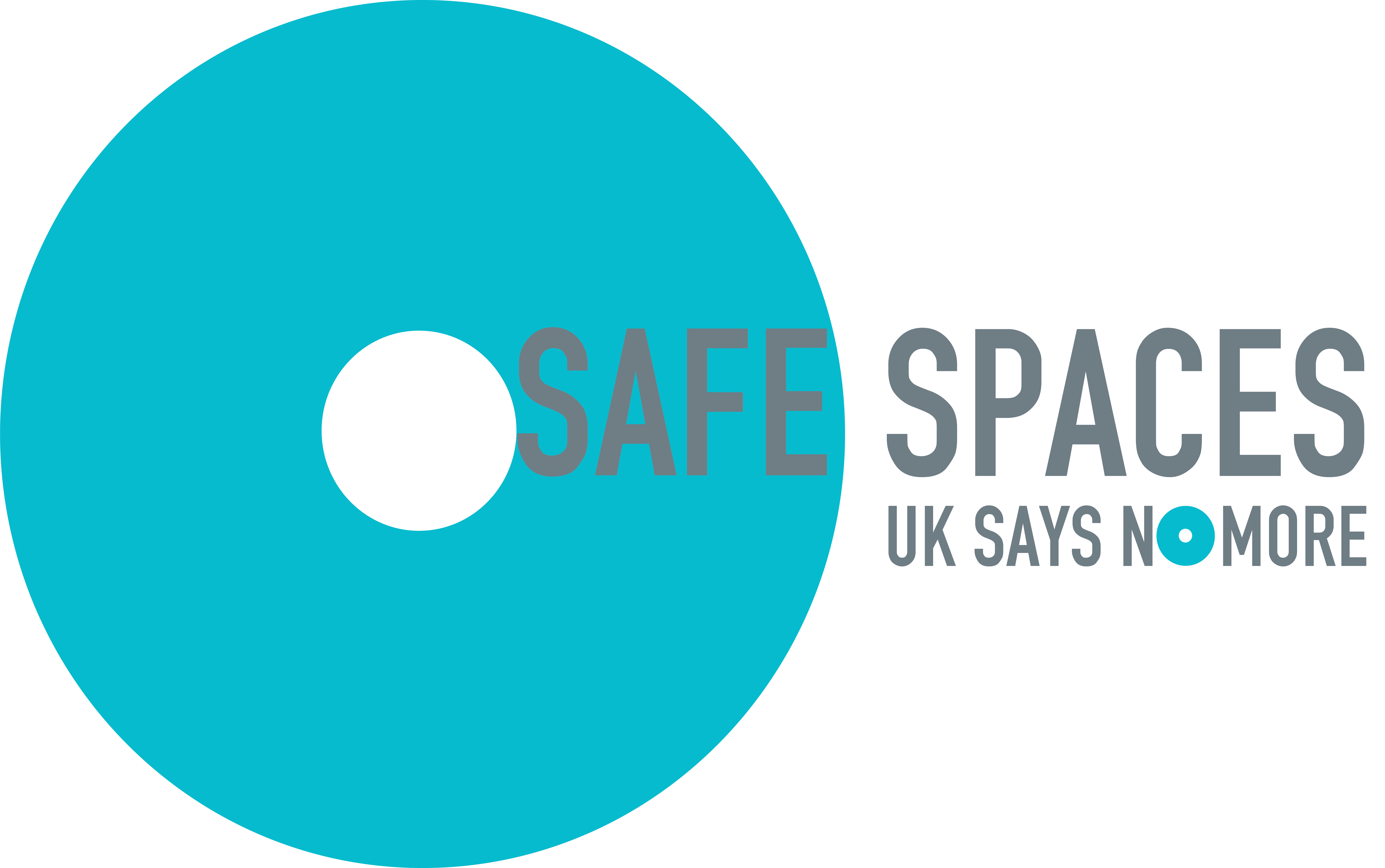
Leadership programmes are not new, they have been proven to empower enhanced performance in organisations, improve employee morale and accelerate performance from top executives. A recent survey of over 18,000 global HR professionals and business leaders showed that 83% believed that it was critical to develop leaders at all levels. And yet, less than 5% of organisations have built leadership programmes as part of their development suite.






